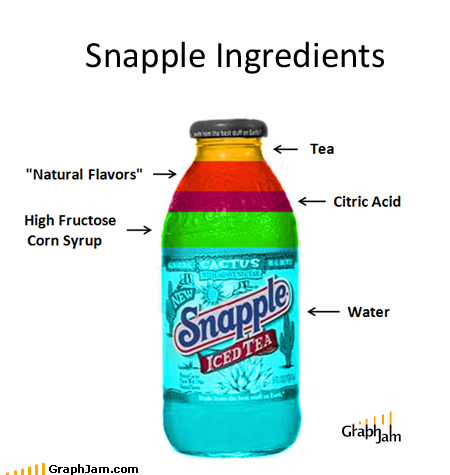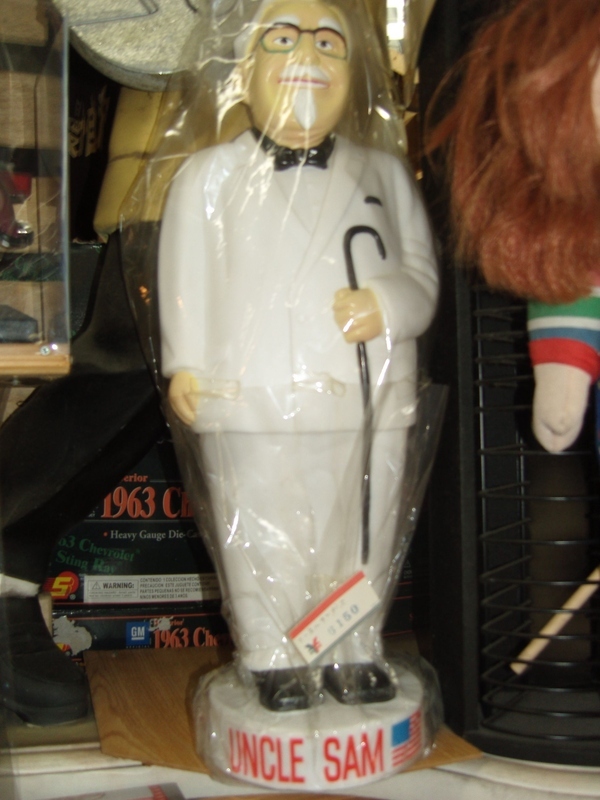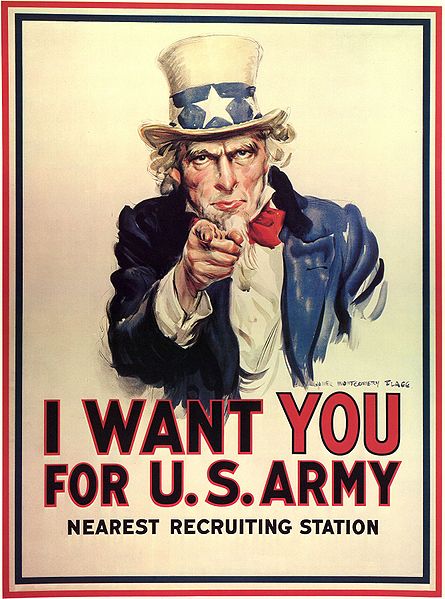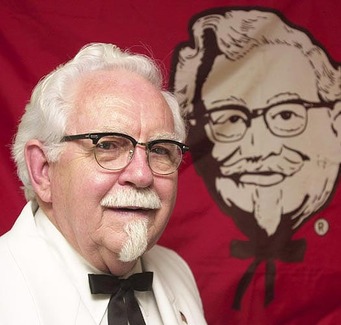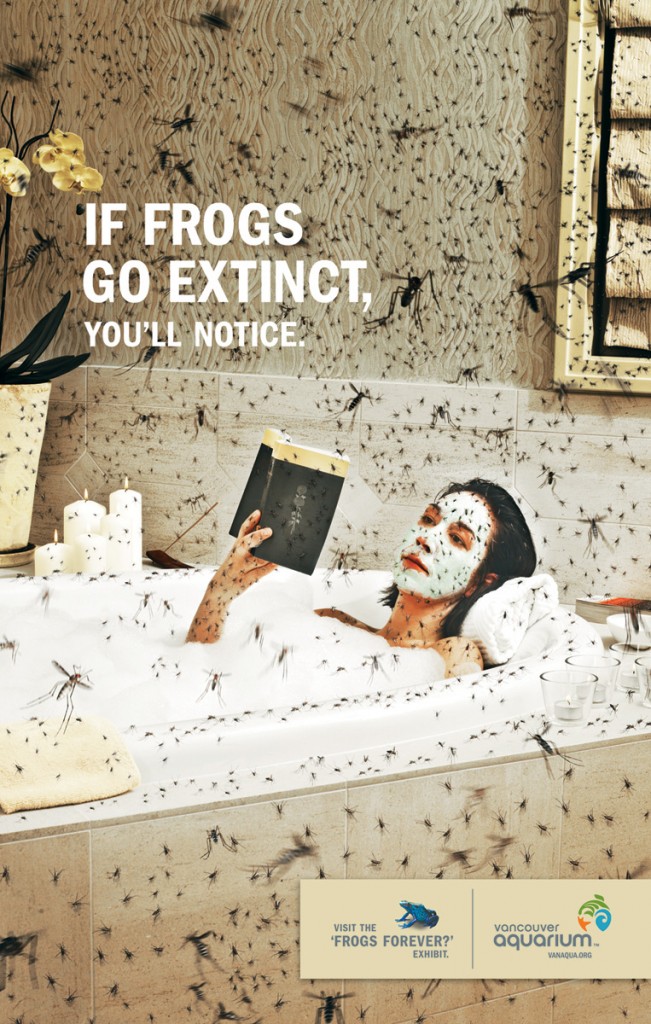rachel56 sent in a fascinating story. Charley’s Grilled Subs is a super-successful franchise with locations in 16 countries. The restaurant specializes in Philly-style cheese steaks. If you go to their website and watch the video telling Charley’s story (here), this guy plays Charley:

But, in fact, that’s not Charley. This is:

So here we have a Korean-American owner of a business that is Philadelphia themed. I’m going to assume, and feel free to call me out on this, that he decided to portray “Charley” as white because he (or his marketers) imagined that Americans (whoever they are) think like this: Philly = America = white. The idea that Charley is Korean might cause cognitive dissonance. Cognitive dissonance is the state of holding two contradictory thoughts at the same time, such as Charley = Philly = America and Charley = Korean, when American does not = Korean.
When I lived in Madison, Wisconsin, I used to frequent a fast food noodle place called “Chin’s Asia Fresh.” I always wondered if there was really a Chin or if it was a made-up character. According to the website there is a Leeann Chin who, growing up in Canton, China, “learned cooking traditions from her mother and an eye for the best ingredients from her father.” Of course, as is clear from Charley’s story, the “history” sections of restaurants can be fiction so… I guess I still wonder. Of course, it would be advantageous for the Chin’s chain to market itself as authentically Asian, just as it is apparently advantageous for the Charley’s chain to market itself as “authentically” “American” (i.e., white).
All of this is a great example of how image is constrained and enabled by racial and ethnic stereotypes.
Lisa Wade, PhD is an Associate Professor at Tulane University. She is the author of American Hookup, a book about college sexual culture; a textbook about gender; and a forthcoming introductory text: Terrible Magnificent Sociology. You can follow her on Twitter and Instagram.

